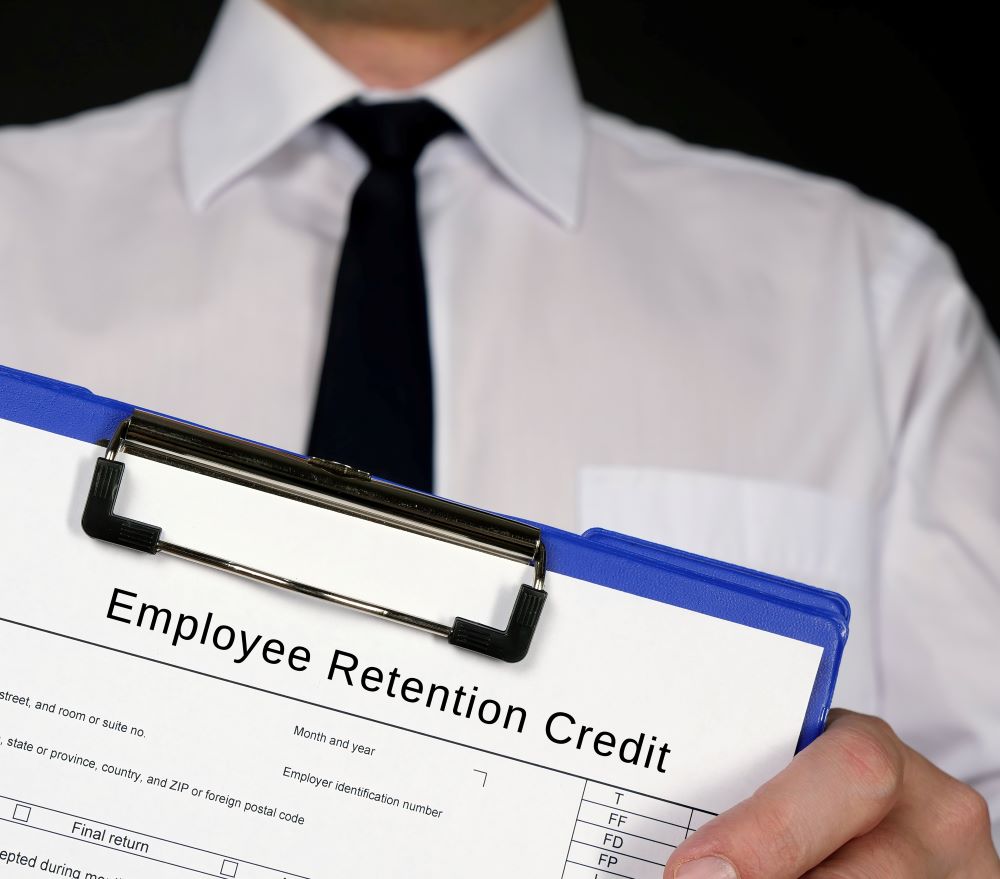The Employee Retention Credit: Are You Overlooking a Potential Savings Opportunity?

The arrival of the COVID-19 Delta variant has many New Jersey and Pennsylvania-area employers concerned about the potential for future economic challenges. The number of new cases in both states has increased at an alarming rate, and the anxiety is compounded by the expiration of several Small Business Administration (SBA) COVID-19 relief programs, including the Paycheck Protection Program (PPP). Of the few remaining programs, the Employee Retention Credit (ERC) offers a compelling savings opportunity and is still underutilized by businesses and nonprofit organizations.
The ERC was scheduled to last through the end of this year but is in jeopardy due to the Infrastructure Investment and Jobs Act, recently passed by the Senate and headed to the House for consideration. The ERC would end on September 30, 2021, if signed into law, rather than December 31, 2021. So now more than ever, qualifying employers should consider claiming the credit.
What is the Value of the ERC?
It depends on several factors, but a business or nonprofit organization can receive up to $5,000 per eligible employee in 2020 and a maximum of $28,000 per employee for 2021 (or $21,000 if the Infrastructure Investment and Jobs Act ends the ERC program on September 30, 2021).
To illustrate the potential savings, a local construction company was forced to stop work in Q2 2020 due to government shutdown orders. However, since it was unclear when reopening would be permitted, all 37 employees were retained. Klatzkin confirmed eligibility, reviewed documentation, and made the necessary calculations. It turns out that the business will receive a $125,601.62 credit for that quarter and another $175,840 for Q1 2021.
It is important to remember that a business may also apply for an ERC advance under certain conditions. It is especially useful for those facing cash flow and working capital challenges, an advance is claimed and paid ahead of the quarterly payroll filing date.
What if I Received a Paycheck Protection Program (PPP) Loan?
The Consolidated Appropriations Act, 2021, changed previous regulations, and now allows a business or nonprofit organization that received a PPP loan to claim the ERC.
What if I Started a Business in 2021?
It may be surprising to learn that certain businesses which started in 2021 may also be eligible to participate. This is because the American Rescue Plan created a new category of eligible employers known as a “recovery start-up business.” A recovery start-up business is any employer that began carrying on any trade or business after February 15, 2020, with gross receipts of less than $1M. receipts of less than $1M. Assuming eligibility criteria are met, these businesses can claim the ERC for the 3rd and 4th quarters of 2021. The amount of the credit is limited to $50,000 per quarter, $100,000 for 2021.
How Do I Claim the Credit?
An employer must determine the appropriate credit amount and claim when submitting IRS Form 941, Employers Quarterly Federal Tax Return. When filing, reduce the amount of outstanding payroll taxes due against the ERC amount. For those seeking an advance, the appropriate calculations and related information must be submitted to the IRS Form 7200, Advance Payment of Employer Credits due to COVID-19. If you did not claim the credit on the originally filed Form 941 don’t fret, an amended 941, known as a 941-X, can be filed up to three years after the filing due date of the original 941. However, employers are encouraged to file as early as possible.
It is important to note that filing the forms is quite simple. However, the devil is in the details. For this reason, it is important to consult with a qualified advisor that understands the complex rules governing the ERC to ensure the maximum credit amount is claimed.
How Long Until the Refund is Received?
Typically, it can take between 4 to 6 weeks for the IRS to process the claim and send the refund to taxpayers. However, given the current delays and processing challenges plaguing the IRS since the start of the pandemic, it will most likely take longer.
The savings potential available to qualifying New Jersey and Pennsylvania-area businesses and nonprofit organizations is compelling. However, the ERC could very well end on September 30, 2021, if the Infrastructure Investment and Jobs Act is signed into law. Therefore, we encourage you to uncover your savings opportunity today.
Contact Us
If you have questions about the information outlined above or would like assistance determining eligibility, Klatzkin can help. For additional information, click here to contact us. We look forward to speaking with you soon.
©2021 Klatzkin & Company LLP. The above represents our best understanding and interpretation of the material covered as of this post’s date and should not be construed as accounting, tax, or financial advice. Please consult your tax advisor concerning your specific situation.
